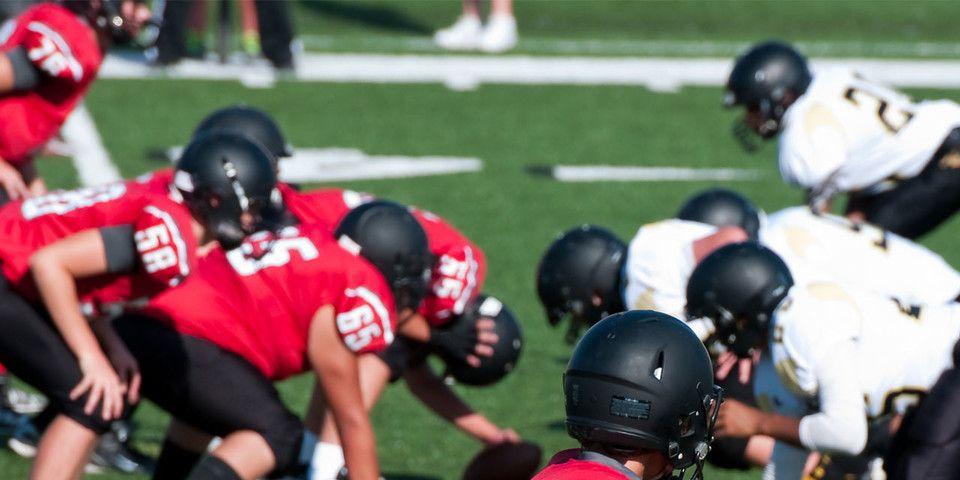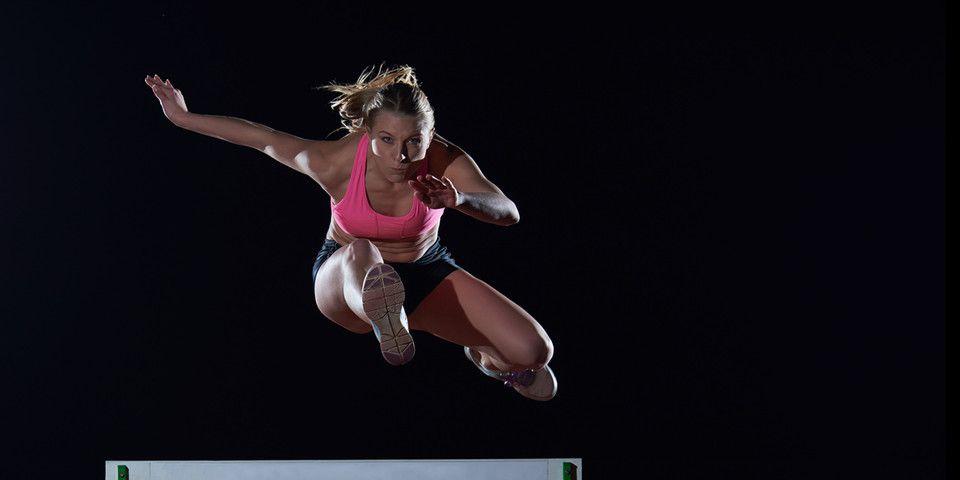5 Common Rowing Injuries: How to Avoid Them
Rothman Orthopaedics Features Expert Sports Medicine Care for Injured Rowers
The full-body exercise that rowing provides is one of its greatest benefits. Rowing tones and strengthens a wide range of muscles and promotes orthopaedic and overall health.
Unfortunately, this same characteristic that makes rowing so diversely beneficial likewise means that rowing activity may cause injuries in almost all of the body’s major anatomical regions. Common rowing injuries generally occur as the result of either overuse or improper technique. Because the majority of injuries are due to these factors rather than traumatic accidents, many of these injuries may be effectively mitigated with rowing injury prevention methods.
Learn about some of the most common rowing injuries below.
Diverse Injuries that Commonly Affect Rowers
Back, shoulders, ribs, knees, wrists; all of these physical components may be affected by rowing injuries. In fact, these specific components are directly impacted by some of the most common rowing related injuries: lumbar back pain, shoulder impingement, stress fractures of the ribs, iliotibial band friction syndrome, and extensor tenosynovitis of the wrist.
-
Lumbar Back Pain
Pain in the lumbar region of the lower back is a common issue among rowers. This may be due to muscle strains or stress fractures; in serious cases, lumbar disc disease is often responsible.
To prevent injuries to the lower back and subsequent pain, core flexibility and stabilization training should be prioritized. These will help to strengthen the support of the back and increase lumbar resilience. Upper body strength training, such as weightlifting activity, should be moderated. -
Shoulder Impingement
Acute trauma, mechanical injury, and repetitive overuse may cause shoulder impingement symptoms to emerge in rowers. As rowers raise their arms in overhead rowing motions, the space between the acromion and rotator cuff of the shoulder becomes constrained and can result in impingement on the biceps tendon and bursa, causing irritation, inflammation, and pain.
Because shoulder impingement is typically caused by overuse, moderation of the intensity, quantity, and duration of overhead arm motions is essential for injury prevention. A strengthening regimen that targets the rotator cuff, scapula, and core can also help. -
Stress Fractures of the Ribs
Though rare among non-rowers, stress fractures of the ribs are frequently experienced among rowing athletes due to the repetitive load lifting of strokes. Rib stress fractures (small, microscopic cracks in rib bone) affect areas of bone that have been weakened due to excessive, high-impact use and cause pain in the chest.
These rib rowing injuries can usually be avoided by avoiding excessive training that involves load lifting and instead incorporating cross-training into your athletic routine. If aching chest pain occurs, rest from rowing activity. -
Iliotibial Band Friction Syndrome
The iliotibial band (IT band) is a band of connective tissue that connects the pelvis to the tibia; it runs across the knee and helps to stabilize it. However, excessive knee bending causes irritating friction as the IT band rubs against the outside of the knee. This results in localized pain and inflammation.
If rowing activity is paired with high-impact sports (especially running) that cause inward turning of the leg and knee, these activities should be reduced to prevent the onset of iliotibial band friction syndrome. Attention should be paid to leg posture during rowing activity, and targeted stretches, strength training, and flexibility exercises should be adopted. -
Extensor Tenosynovitis of the Wrist
Tenosynovitis is an issue that causes severe inflammation in affected tendons and their protective synovium sheathing. Inflammation typically occurs due to an injury, irritation, or degeneration that damages the tendon sheath and inhibits synovial fluid production. Extensor tenosynovitis specifically refers to sheath inflammation of the wrist and hand tendons that enable and control hand movement.
Extensor tenosynovitis of the wrist often results from intensive, repetitive activities that put stress on the wrist and hand, such as rowing. Keeping hands warm during activity may help to prevent injury. If painful symptoms emerge, activity cessation and icing of inflamed areas are recommended. As always, avoidance of overuse of the hands and wrists is critical.
Treatments for Common Rowing Injuries at Rothman Orthopaedics
If you have experienced one of the common rowing injuries mentioned above or rowing injuries of any other kind, the Sports Medicine specialists at Rothman Orthopaedics can provide you with the most effective care available. To learn more or to schedule an appointment, please visit us here or contact us at 1-800-321-9999.
Related Specialties
Related Treatments
- Lower Back Pain (Lumbar) Surgeries
- Lumbar Pain Treatments: Non-Surgical Solutions
- Non-operative General - Bony Stress Reactions/Stress Fractures Treatment
- Non-operative Runner's Knee (Chondromalacia Patella) Treatment
- Non-operative Wrist Tendonitis Treatment
- Shoulder Impingement Syndrome Treatment
- Wrist Tendonitis Surgery
Related Programs
-

Injury Prevention Program
The Injury Prevention Program at the Rothman Orthopaedic Institute is dedicated to the prevention of injuries from athletic participation, particularly youth sports.Read More -

Women’s Sports Medicine Program
The Women’s Sports Medicine Program at the Rothman Orthopaedic Institute is the first of its kind in the Philadelphia metro area and one of only several such programs specializing in the comprehensive care of the female athlete in the country.Read More




